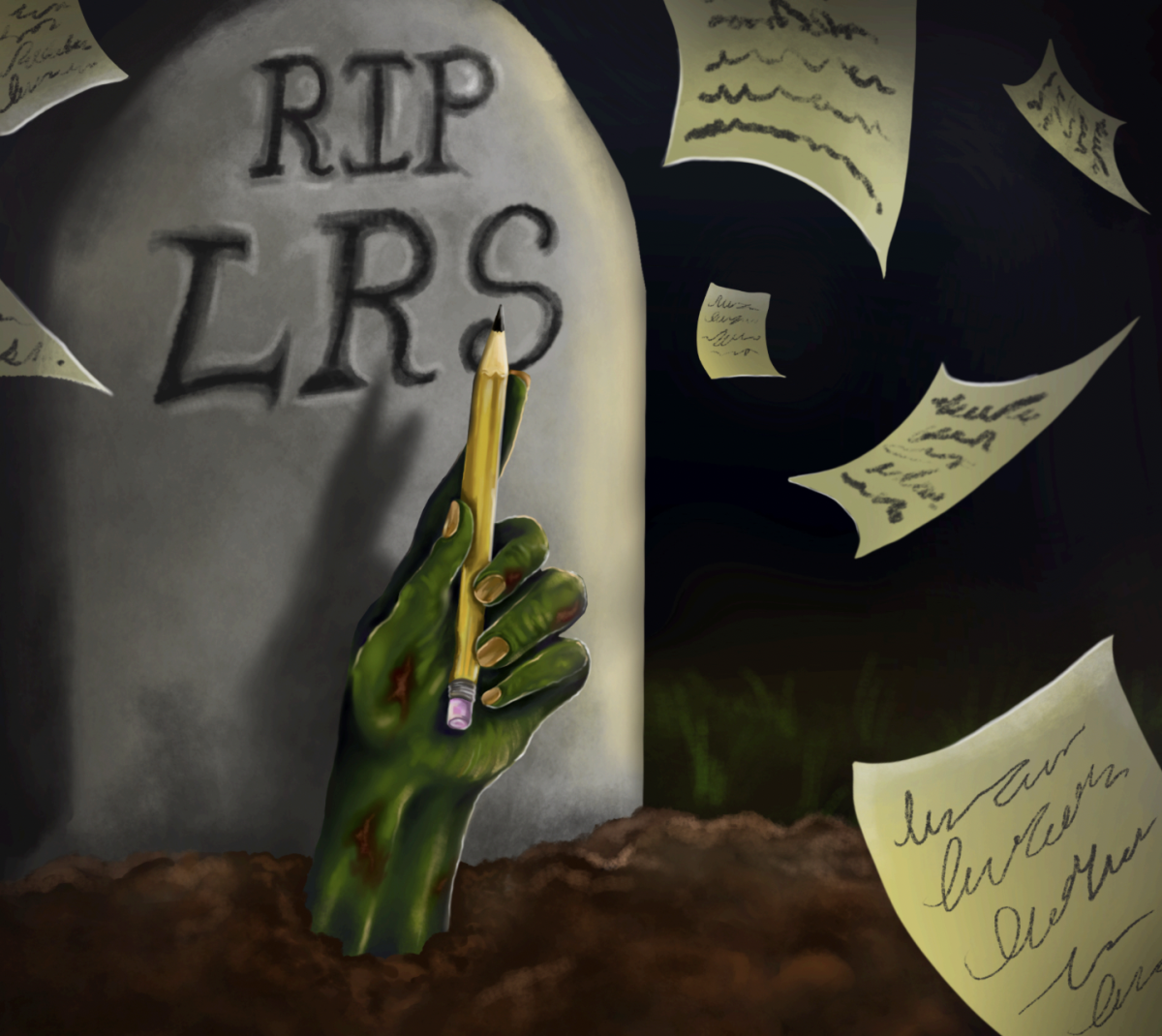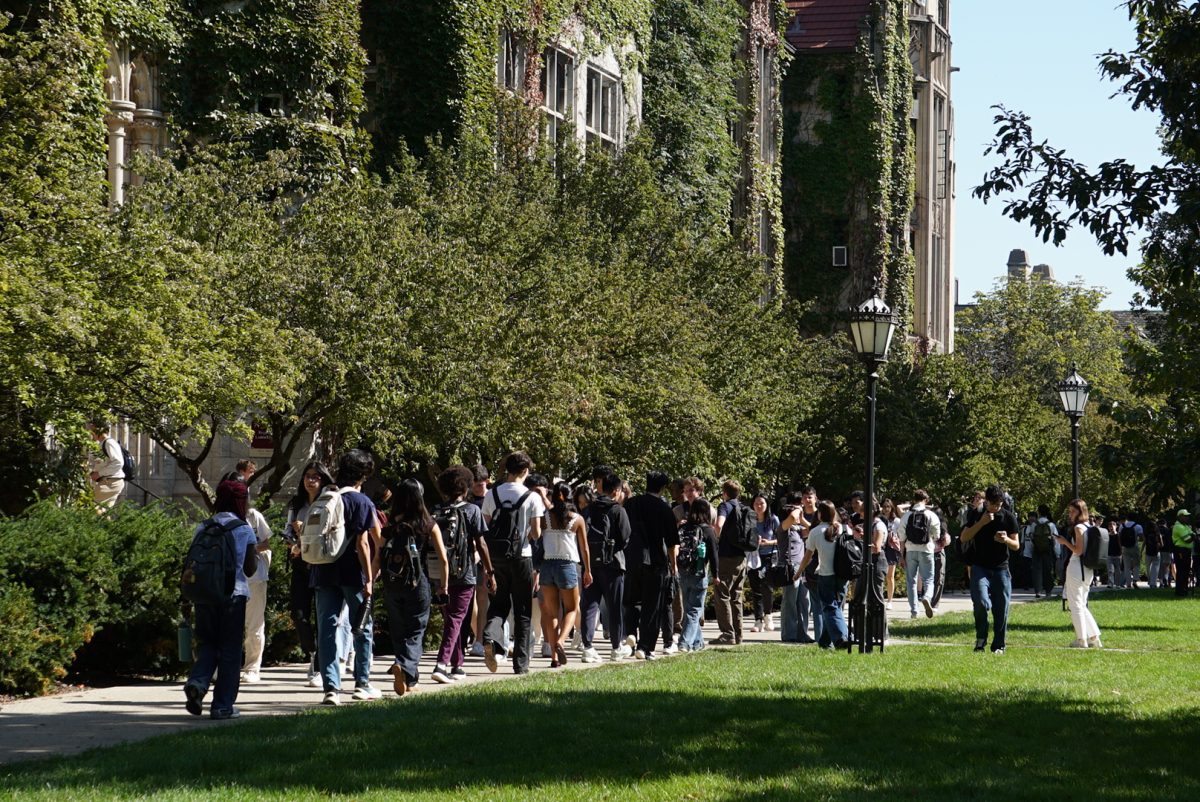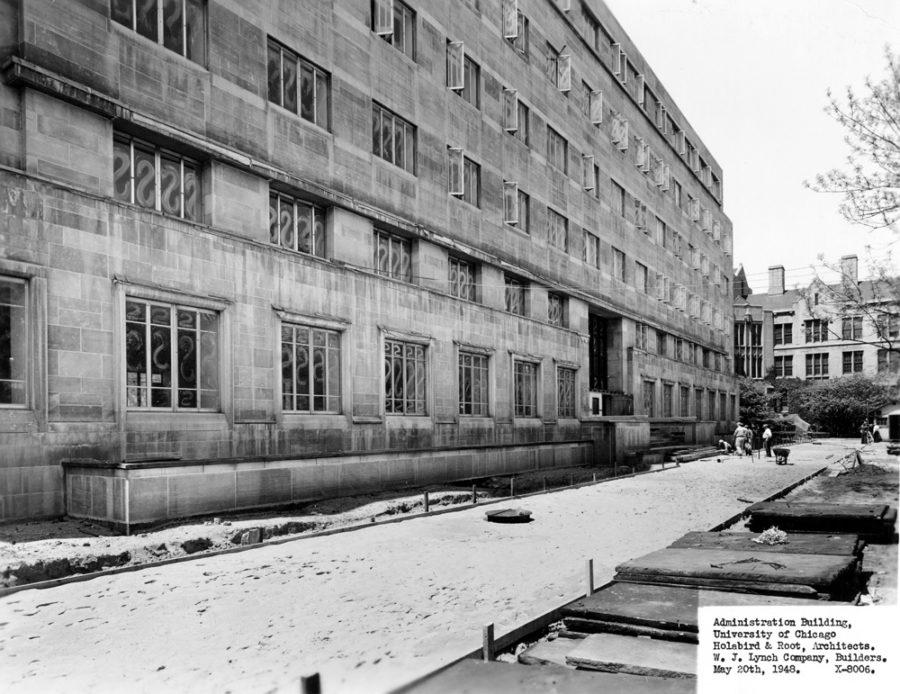A week after negotiators representing campus clerical, service, and maintenance workers voted 8–1 to accept the University’s latest contract proposal, the two sides are about to find themselves at the bargaining table yet again.
In a first for University labor relations, 58 percent of voting union members opposed a contract that their own negotiators recommended. If union members did believe the contract is unfair and wanted to take the serious step of contradicting their side’s representatives, they should have done so with an overwhelming majority. Yet when it came time to vote, only 540 of the 1,073 eligible members cast a ballot.
In a bizarre twist to the union’s bylaws, the voters who said yes to the proposal could have gotten their way by simply staying away and not voting. An absurd rule dictates that if fewer than 50 percent of the union casts a ballot, 75 percent of the voters are required to overturn the proposal. So, if only four voters had abstained, the number would have fallen below the 50-percent requirement, and the negotiating team’s decision would have been final.
As in any negotiation, both sides have made concessions. The University has increased its offer of a pay increase from 10 percent over three years to 10.5 percent, and the union has dropped demands for job security and automatic pay increases with seniority.Neither side is getting all that it wants, and before last week’s union vote, both sides were optimistic that a deal had been reached and that the months of negotiations between the two sides could come to an end.
Most importantly, the narrow rejection of the contract throws the entire process into doubt by reducing the leverage of the union’s elected negotiators. The University needs to have confidence that the people at the other side of the table represent the position of the union. Unfortunately, the union members have so far not given the administration much reason to have faith in the ability of either the negotiators or the union itself to reach a compromise.
It is becoming increasingly evident that the only thing holding back the union’s efforts is the union itself.








